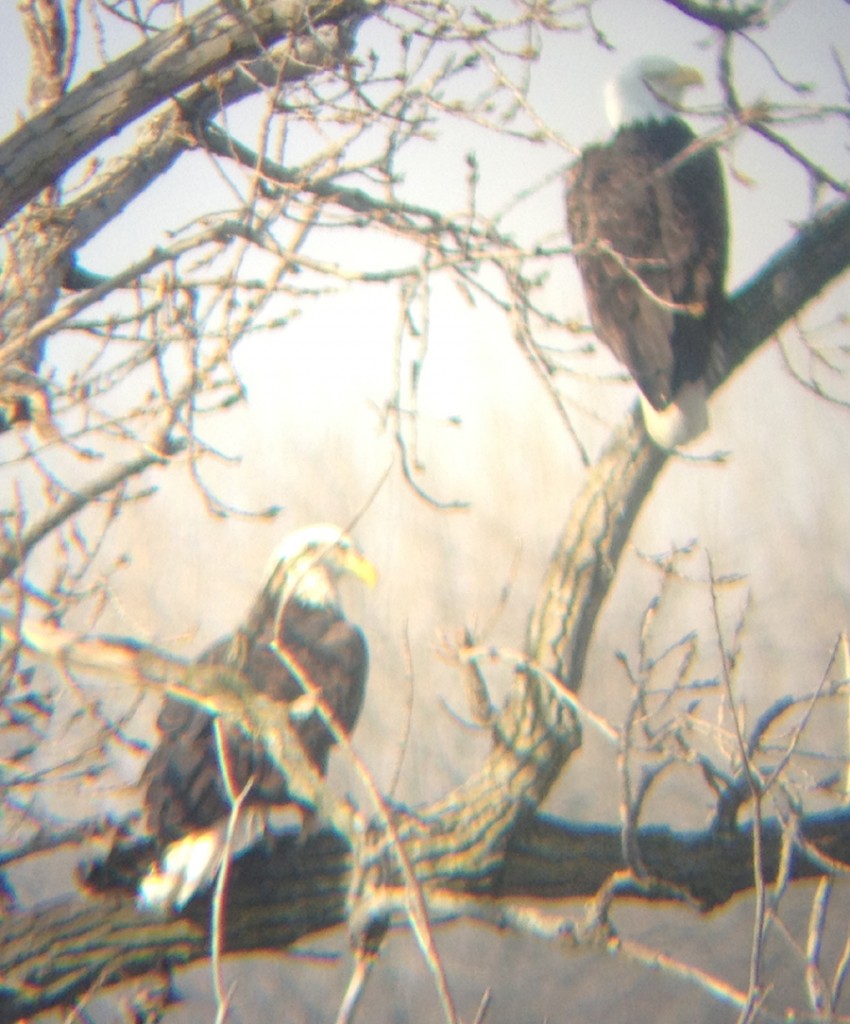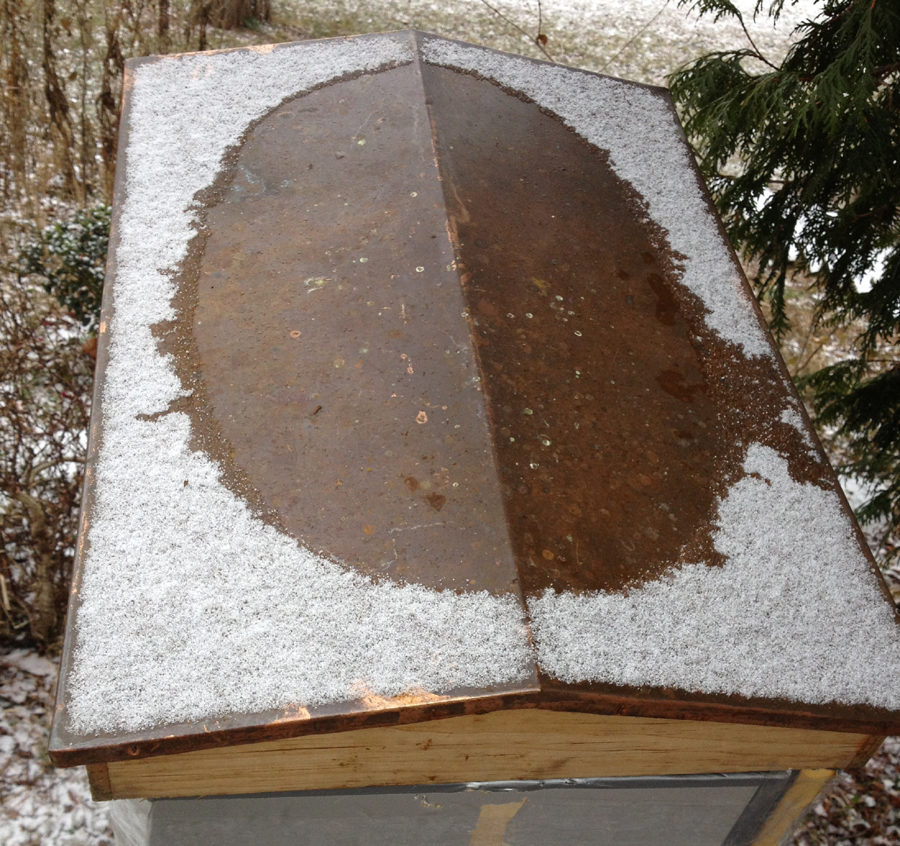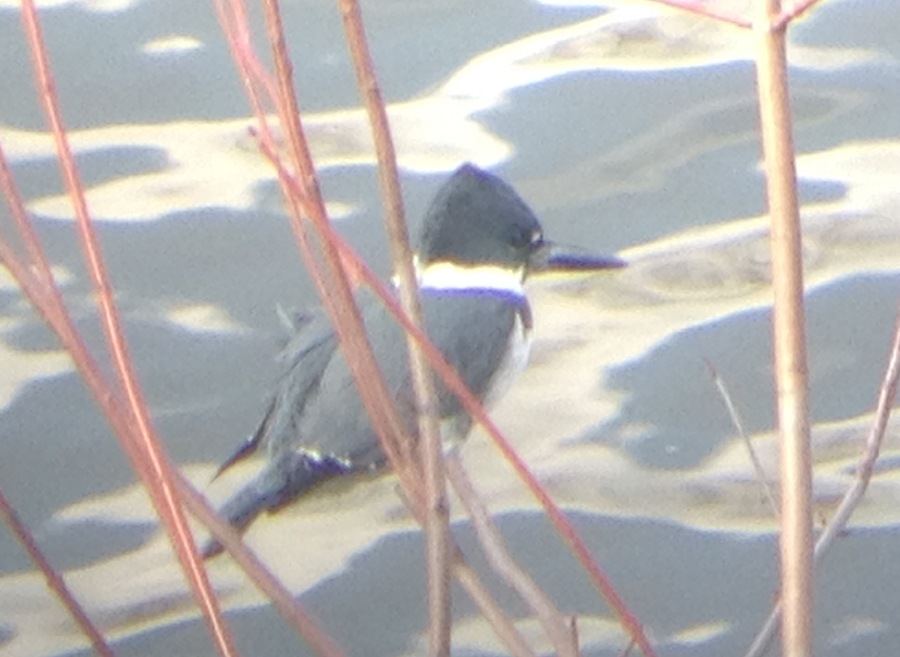It may look like a small item but it meant a lot to us:
After trying to grow some original prairie meadow grasses, in the face of severe competition from alien Bermuda Grass, English Ivy and others, a few native Northern Prairie Dropseeds seem to have taken hold.
The real joy came when the native Junco fed on it. First the hungry bird hopped vainly many times up to the seed heads.
At last, it was able to catch on in its claw and hold it down on the snow to eat it.
While neither bird nor plant is in immediate danger of extinction, the pressure is on as the aliens steadily take over this fine continent.
An interesting item in last week’s New Yorker says how it was not until 1796 that Georges Cuvier was able to conclusively put forward the concept of extinction. Up to that time many strange fossils had been found but they were thought to be simply records of animals that still lived in areas not yet explored. Everyone then thought that all species essentially lived forever. Georges could very easily have beaten Darwin to discover evolution by nearly 100 years, but he could not manage that huge next step.
Two magnificent Bald Eagles are waiting in the trees on the small island as I write.
The amazing, far reaching, effects of DDT were recognized just in time to save the Eagles and many others from needlessly disappearing forever.
A fast shrinking local population of Cross-Country skiers has me fearful for the extinction, here at least, of this delightful sport. Last week I (not we!) had 5 days of excellent green and blue wax snows. There is an old map of the trail under the key word “ski” near the top of this blog. Meanwhile here are shaky, one-hand held, iPhone shots of two pretty sections of the trail.
For now, the only company I have on the trail is deer hoof prints on the track a day after I set it. Nice to think that my layout of the trail is somewhat ‘natural’ enough for them to want to follow it:
I’m still looking for coyote paw marks.
The alien (Russian queen with Italian workers) bees have been wrapped with insulation (by their alien Irish beekeeper) for the winter. One hive is warm enough, from the cluster of bees inside, to melt snow on the roof:
But not the other:
Both are throwing out their dead. Under the microscope there is nothing strange to be seen on their bodies, but I’m told it is a good sign of a healthy hive. Only spring will show if that is true.
It’s cold. But I’m sure the squirrel will survive if it can remember where it buried the nuts.
Many holes in the snow show lots of digging. I wonder how they ever remember where those walnuts are.
I hope my Kingfisher has moved south to warmer climates.
He (it looks like a male?) was still here at the end of November when this image, with iPhone held up to the eyepiece of a spotting scope, was taken.











You are a master gardener indeed, to spot and recognize that grass. Of course, you knew where to look. I know what big bluestem grass looks like, at least, and have found that in a few spots in my domain.
Sounds like an interesting piece in the New Yorker. I love the thought that Lewis and Clark might have discovered a mastodon. Another very powerful theory is that God placed fossils in the rocks at the time of creation–this is somehow tied in with a lively debate as to whether Adam and Eve had navels–the Omphalos hypothesis, I believe this is called.
Great shot of the bald eagles.
I think the R-value of the hive roof isn’t great. Maybe they should insulate the attic with their dead pals instead of tossing them out the back door!